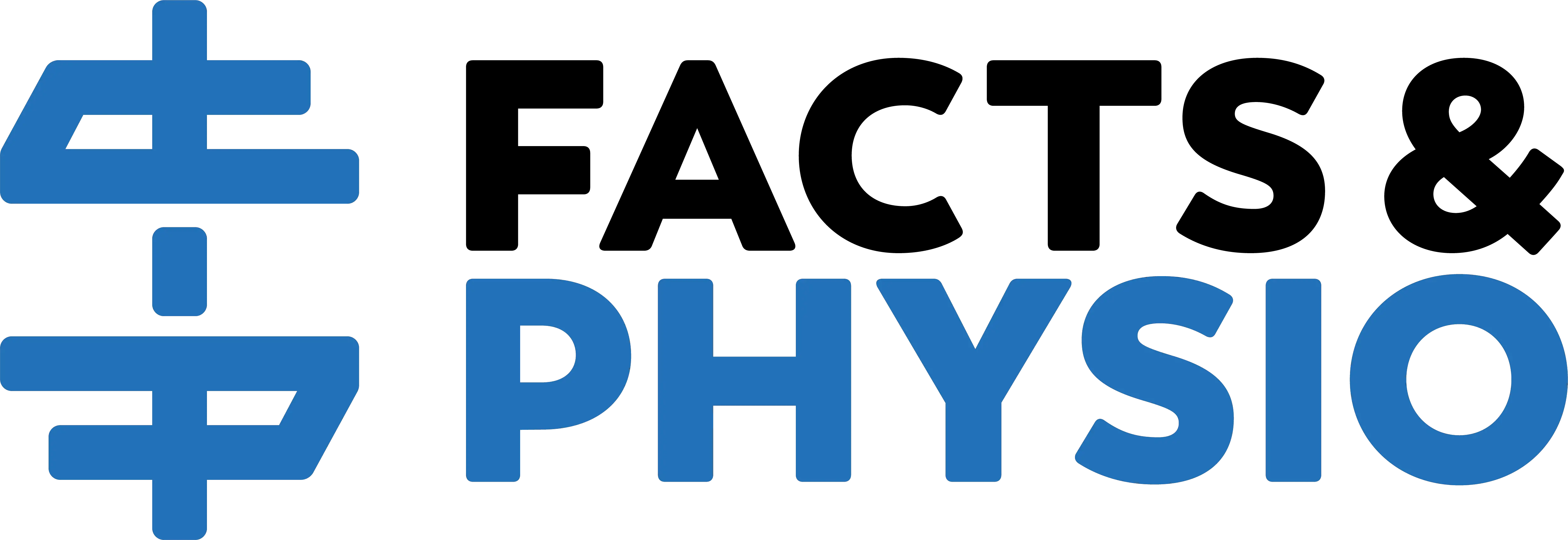Worldwide, more people experience neck pain than use a toothbrush.
Neck pain plagues 70% of adults during their lifetime, while global toothbrush use is estimated at 62%.And neck pain isn’t going away.
Neck pain rates barely budged in 27 years, according to research comparing 1990 and 2017 data. Our modern high stress, work-from-home, smartphone era hasn’t helped matters.
Effective neck pain treatment is paramount.

The good news is that neck pain relief is attainable.
Aside from ultra rare causes of neck pain (fractures, tumors, infections), conservative treatments work well.
Neck pain falls into 4 categories. In this article we’ll examine each category and the best neck pain treatment for each type of neck pain.
If you want to dive into the neck pain rabbit hole, check out the 83-page guidelines that lay out each category.
And for the rest of you who’d rather dive into a literal rabbit hole than wade through 83 pages of neck pain research, I’ll summarize the key points for you.
Here are the 4 types of neck pain:
1) Neck Pain with Mobility Deficits
Ever had neck pain and couldn’t turn your head?
That’s neck pain with mobility deficits.
An awkward movement or position causes this type of neck pain, characterized by stiffness in the neck and upper back.
A common example is neck pain from sleeping wrong.
Treatment
As you’d expect, mobility exercises and manual therapy relieve neck pain with mobility deficits.
Building strong, fatigue-resistant neck muscles also promotes recovery from this type of neck pain.
2) Neck Pain with Headaches
There are over 150 types of headaches. Neck pain with headaches is one common type.
Neck-related (cervicogenic) headaches are unilateral, painful on one side of the head. The headaches worsen with certain neck movements and positions.
Neck rotation is typically stiff and painful with cervicogenic headaches. That’s because the upper cervical spine accounts for most of our neck rotation. And cervicogenic headaches stem from the upper cervical spine (C1-C3).
Treatment
The best cervicogenic headache and neck pain treatment targets the upper cervical spine. Headache-easing manual therapy and stretching exercises restore neck rotation mobility.
Neck strengthening also provides long-term headache relief. In addition, trigger point dry needling relieves tension and cervicogenic headaches stemming from tight neck muscles.
Related: 13 Headache Relief Tips (That Actually Work)
3) Neck Pain with Movement Coordination Impairments
This type of neck pain is usually chronic, ongoing for >3 months. Symptoms may be linked to a whiplash injury from a car accident or head trauma. Weak muscles and poor coordination in the neck and shoulders typify this condition.
Treatment
You can probably guess the best neck pain treatment for this category…
It’s building strength, coordination and endurance in the neck and shoulders. Patient education and stretching exercises can help as well.
Unfortunately, some whiplash injuries have a poor prognosis, making this type of neck pain challenging for clinicians and patients alike.
4) Neck Pain with Radiating Pain
The 4th type of neck pain is characterized by radiating symptoms into the shoulder blade, arm or hand. A pinched nerve in the neck typically causes this problem.
Also known as cervical radiculopathy, radiating arm pain usually starts without a clear cause.
Treatment
Fortunately, neck pain with radiating pain usually resolves by itself.
Evidence-based conservative treatment accelerates the healing process, and surgery and injections are rarely required. The best treatments are nerve glides, neck traction and manual therapy to the thoracic spine.
Repeated movements that centralize arm symptoms – move symptoms closer to the spine – are also useful.

Research on sciatica, a pinched nerve in the lower back, shows that centralization of leg symptoms is an excellent predictor of healing. The data isn’t as strong for pinched nerves in the neck, but centralizing arm symptoms is still an effective strategy.
The Single Best Exercise?
There isn’t one exercise that cures all 4 types of neck pain.
But this one is pretty close.
My favorite neck pain exercise is cervical retraction.
It mobilizes the cervical spine (Type 1), increases neck rotation (Type 2), gently enhances neck strength and coordination (Type 3) and often centralizes pinched nerve symptoms in the arm (Type 4).
One variation – seated cervical retraction with patient-generated overpressure – is shown here:

Therefore, many PTs (myself included) find cervical retraction a superb starting point for neck pain treatment once serious pathology has been ruled out.
Bottom Line
Most neck pain falls into 1 of 4 categories and responds positively to conservative treatments. Properly categorizing neck pain enables healthcare providers to treat neck pain more effectively.
For more evidence-based strategies for conservative neck pain management, check out Treat Your Own Neck, the best-selling book that has helped thousands of people find neck pain relief.
And for more science-supported health and rehab info, join the free Facts & Physio Newsletter. Plus, get The Recovery Checklist e-book when you sign up.

